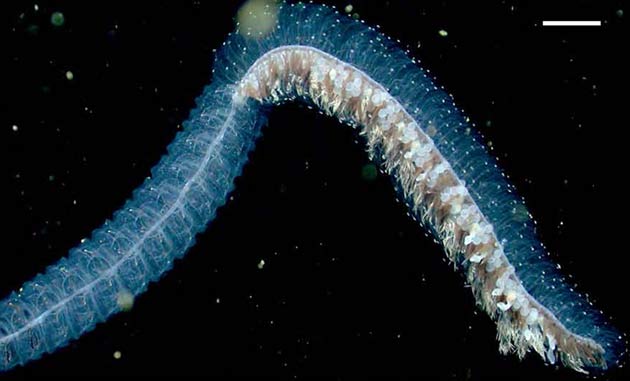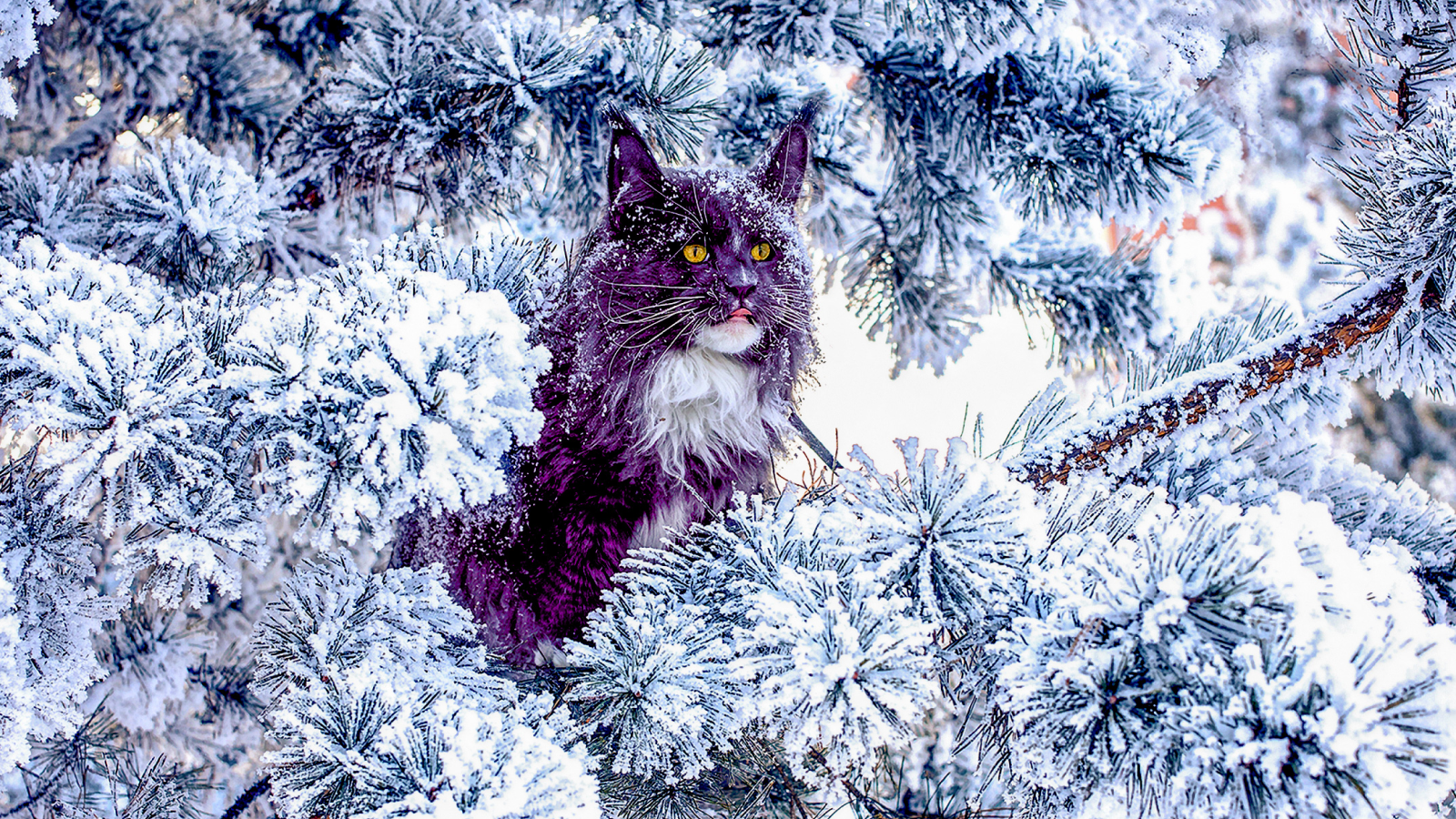Deadly New Sea Creature Lures Fish with Red Lights

For fish, the red light district is deeper and more dangerous than anyone imagined.
A newfound deep-sea relative of the jellyfish flashes glowing red lights on twitching, stinging tentacles to lure fish to their deaths more than a mile below the surface.
The discovery is odd, because scientists had figured deep-sea animals can't see red light, since they live where sunlight doesn't reach and therefore have no evolutionary reason to detect the color.
The transluscent, fragile creature is the first marine invertebrates ever found that produce red light.
The newfound species is in the genus Erenna, which includes other so-called siphonophores that employ luminescence, which typically is a defensive strategy used to distract a predator.
The discovery, detailed in the July 8 issue of the journal Science, was led by Steven Haddock of Monterey Bay Aquarium Research Institute.
The red light is made by fluorescence, in which short-wavelength light such as blue is re-emitted as long-wavelength light (red). The blue light is generated by a process called bioluminescence, in which a living thing converts chemicals into light much like the glow sticks sold to children. Sea creatures have evolved to produce blue light because it travels best through ocean water.
Get the world’s most fascinating discoveries delivered straight to your inbox.
Bioluminescence is almost exclusively the domain of sea creatures. One of the handful of exceptions is the firefly.
Haddock's team used a robotic submarine to retrieve three of the fragile Erenna off the coast of California.
Two of the specimens had fish in them. But there aren't many fish at the depths where these siphonophores live. Haddock and his colleagues speculate that the red light attracts rare fish and that perhaps the ability to see the light is more common in the deep sea than previously thought.
Robert is an independent health and science journalist and writer based in Phoenix, Arizona. He is a former editor-in-chief of Live Science with over 20 years of experience as a reporter and editor. He has worked on websites such as Space.com and Tom's Guide, and is a contributor on Medium, covering how we age and how to optimize the mind and body through time. He has a journalism degree from Humboldt State University in California.



